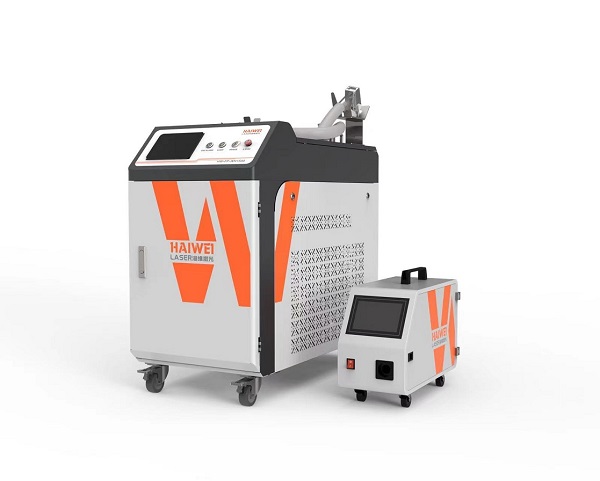Laser Welding Machine: Capable of Welding in Confined Spaces
When space is limited on the production floor or within a component, traditional welding methods often face limitations. Laser welding machines, however, offer a practical solution for joining parts in tight or hard-to-reach areas.

Compact Design and Flexible Beam Delivery
Modern laser welding systems use fiber-optic delivery, which allows the beam to be directed through narrow pathways. This eliminates the need for large welding torches or bulky equipment near the workpiece. The laser head itself can be small and lightweight, making it easier to integrate into existing automation setups where space is at a premium.
Precision Without Physical Access
One of the key benefits of laser welding in confined spaces is the ability to weld without direct mechanical access. The focused beam can pass through small openings or gaps to reach the joint, as long as line-of-sight is maintained. This is especially useful in medical device manufacturing, sensors, or electronic enclosures where internal components require secure, clean welds.
Reduced Heat and Minimal Distortion
Because laser welding concentrates energy on a small area, heat input is low. This reduces thermal distortion, which is critical when working near sensitive components or thin-walled structures. The precision of the process helps maintain part integrity, even in enclosed assemblies.
Integration with Robotics and Scanning Systems
For complex internal welds, laser welding machines can be paired with scanning optics or robotic arms. This allows the beam to be steered precisely without moving the entire system. It’s a practical way to achieve consistent welds in restricted zones without redesigning the entire product.
Applications Across Industries
Industries such as automotive, aerospace, and consumer electronics regularly use laser welding for components with limited access. Examples include battery housings, fuel injectors, and compact electronic modules.
When evaluating equipment, consider beam delivery options, head size, and compatibility with motion systems. A well-configured laser welding machine can reliably handle narrow-gap or internal joint requirements.
Laser welding machines are well-suited for narrow space welding tasks, offering accuracy and flexibility where conventional methods fall short.
Recent Posts
- What are the advantages of laser welding machines in lithium battery pack production lines?
- What issues should be noted when choosing a lithium battery pack production line?
- Quality Inspection and Control of Lithium Battery Module Pack Production Line
- Cell grouping and sorting process in lithium battery module pack production line
- What are the safety hazards of lithium battery pack production lines and how can they be prevented?
INQUIRY

